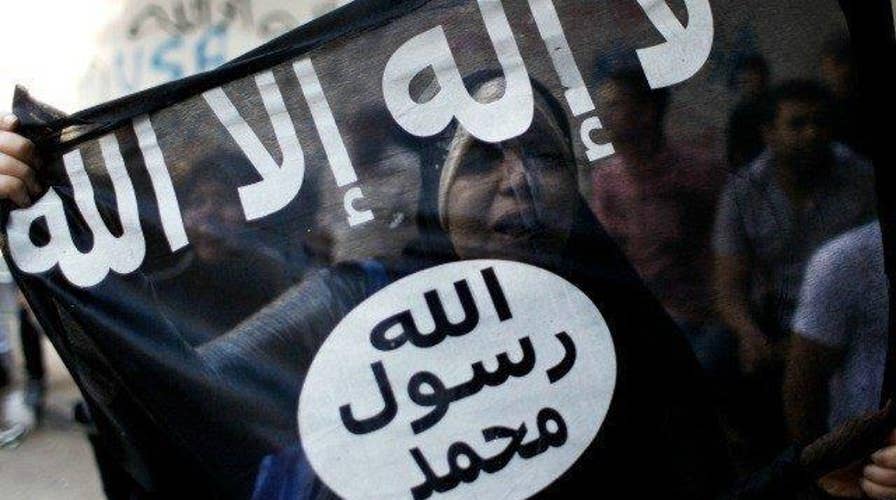New operation accelerates the destruction of ISIS
Jennifer Griffin reports on 'Special Report'
The Islamic State lured the U.S.-led forces into conducting an airstrike in March that killed over 100 civilians in the northern Iraqi city of Mosul, a top American military official said Thursday.
An investigation into the March bombing found that the terror groups rigged a house with over 1,000 pounds of explosives, put civilians in the basement, and employed two ISIS snipers on the roof to bait the U.S.-led coalition to attack.
U.S. Air Force Brig. Gen. Matthew Isler, the investigating officer for US Central Command, told Pentagon reporters that the bomb used by the American jet, a GBU-38 (500-lb bomb), would not have caused the type of damage associated with the destruction of the building.
The probe found that the U.S. bomb triggered secondary explosions from devices clandestinely planted in the lower floors of the concrete building, Isler said. He said neither the Iraqi troops nor the Americans who authorized and conducted the airstrike knew civilians were in the building or that the explosive materials were present.
Isler added that the home’s 30-inch concrete walls were "completely pulverized," but the GBU-38, which has a 192-pound warhead, could not have caused such destruction. The GBU-38 is designed to take out enemy combatants on roof tops, not collapse entire structures.
The American bomb "wouldn't even dent any of the surrounding walls," he added.
How ISIS managed to smuggle in half a ton of explosives remains in question, but Isler said bad weather over two days prior to the airstrike hampered the U.S. military's ability to conduct drone reconnaissance over the target area in Mosul and that the weather combined with intense fighting led to "multiple opportunities" for ISIS to smuggle in both the explosives and the civilians into the building.
"We don't know when it was moved to the residence," Isler said. “No one saw ISIS move explosives into that area."

U.S. Aviation Ordnanceman 3rd Class Joshua Silva, assigned to "Gunslingers" of Strike Fighter Squadron One Zero Five (VFA-105), helps push a weapons skid loaded with three GBU-38 500 pound satellite guided bombs on the flight deck aboard USS Harry S. Truman . (REUTERS/HO/US Navy/Mate Airman Ryan O'Connor)
Isler said Iraqi forces suffered casualties hours after the strike as they attempted to recover Iraqi civilians killed in the strike and rescue others wounded and trapped under the rubble. Some 101 civilians in the building were killed, and another four died in a nearby building, while 36 civilians remain unaccounted for.
The airstrike was likely the largest single incident of civilian deaths since the U.S. air campaign against ISIS began in 2014. The deaths represent about a quarter of all civilian deaths associated with U.S. airstrikes since the air campaign began in 2014.
The Associated Press contributed reporting to this piece.

